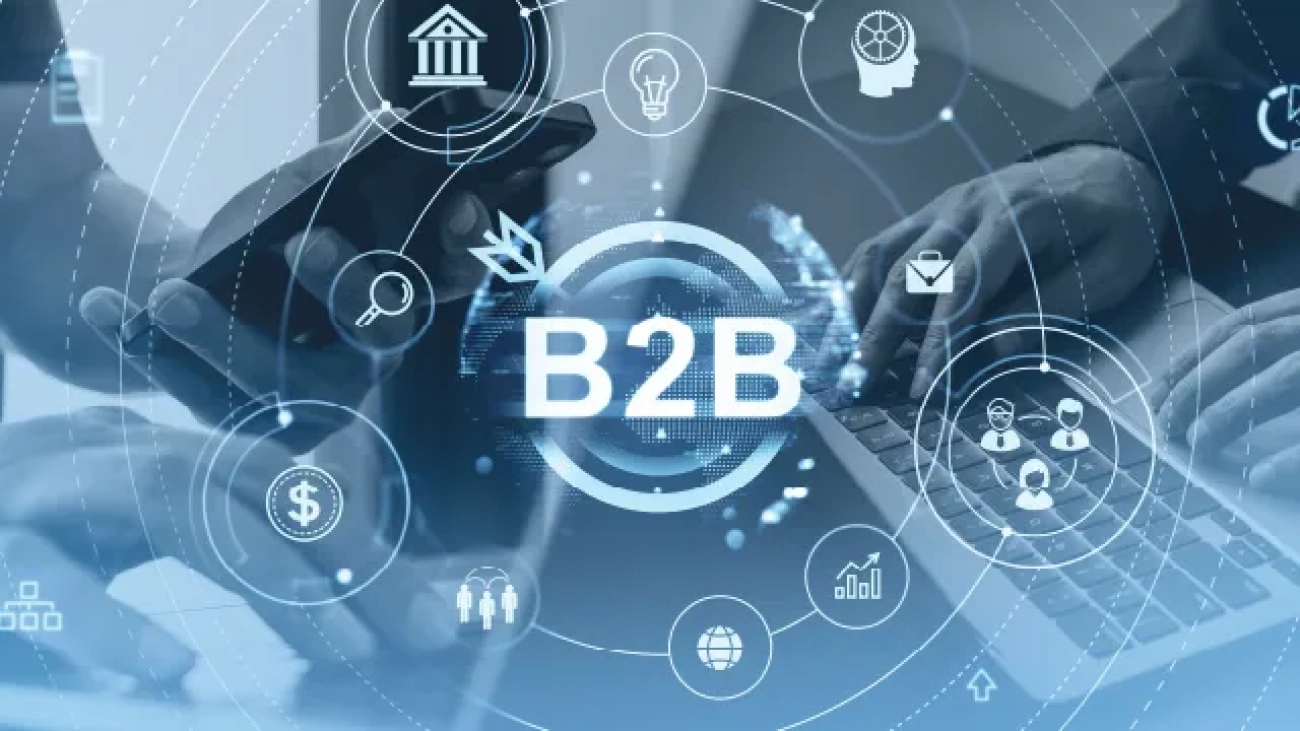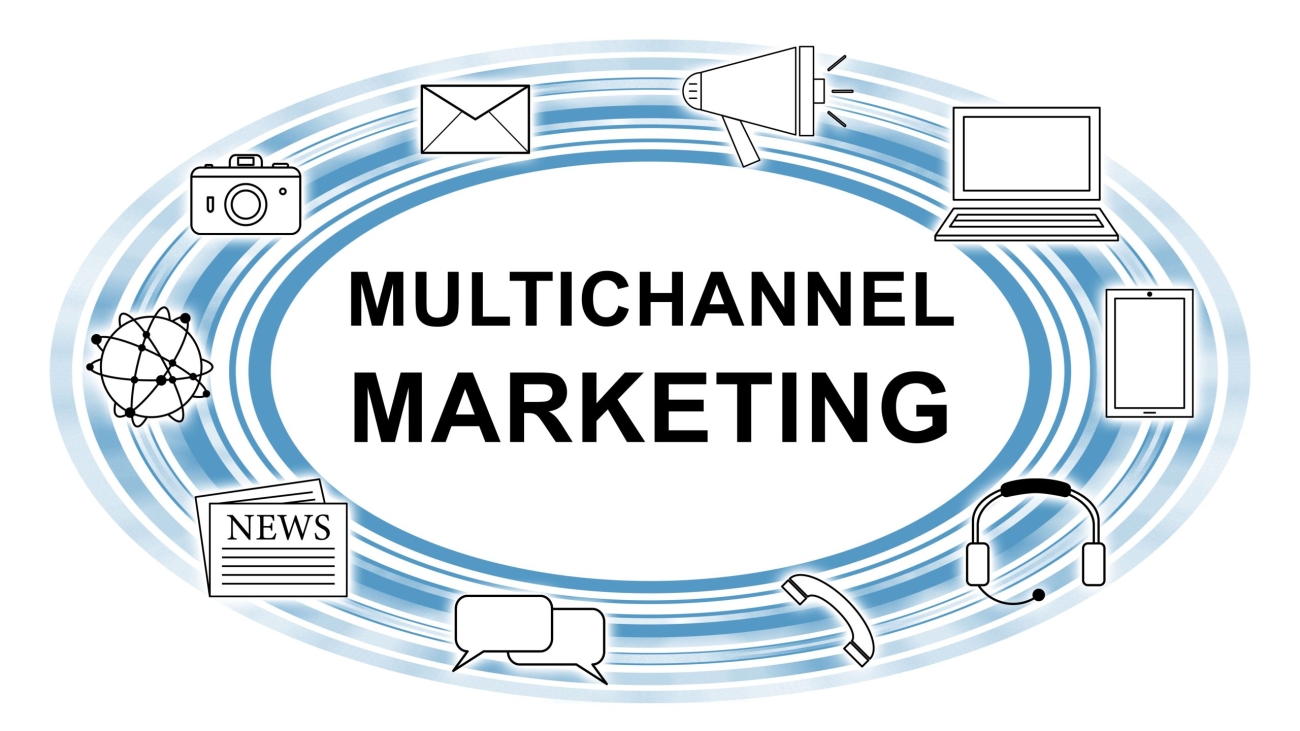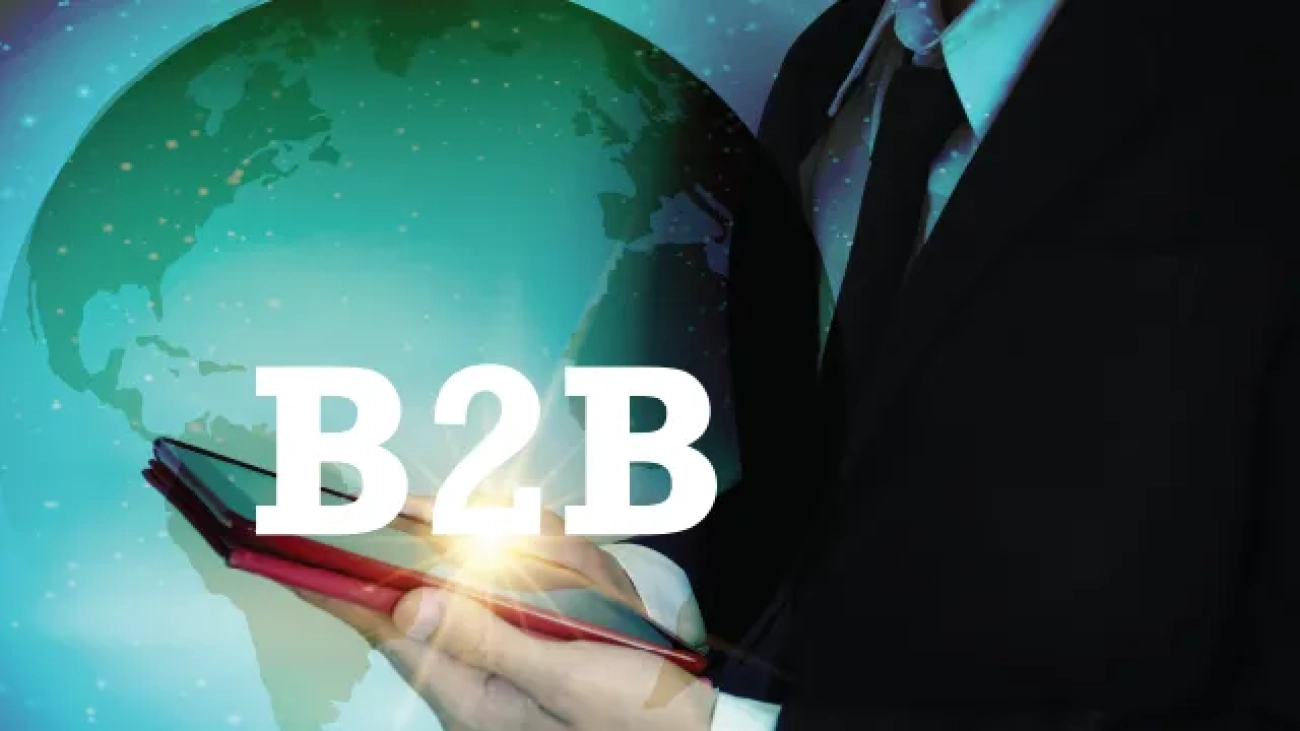In today’s competitive B2B marketing landscape, brands need more than just exceptional products and services to differentiate themselves. Thought leadership in B2B has become a critical strategy for businesses to establish themselves as industry pioneers, build credibility, and earn trust among their target audience.
By offering insightful, valuable content and showcasing expertise, organizations can effectively influence decision-makers and foster engagement. This article delves into the importance of thought leadership in B2B, how it drives lead generation, and actionable steps to create a robust thought leadership strategy.
What is Thought Leadership in B2B?
Thought leadership refers to a company or individual recognized as an authority in their industry, known for providing innovative insights, identifying trends, and delivering expertise that others rely on.
In the B2B space, purchase decisions involve meticulous research and evaluation. Businesses that position themselves as thought leaders gain a distinct competitive advantage by influencing these decisions.
Also Read: How Podcasts Help B2B Businesses Grow
How Thought Leadership Drives B2B Lead Generation
1. Building Brand Authority and Trust
In B2B, trust and credibility are critical factors influencing purchase decisions. Sharing well-researched, data-driven insights through blogs, whitepapers, and reports helps businesses position themselves as leaders in their space. Decision-makers are more likely to engage with brands they perceive as knowledgeable and reliable.
2. Improving Customer Engagement
Thought leadership content addresses the pain points of target audiences while providing actionable solutions. Engaging formats such as webinars, industry reports, and articles spark conversations and help forge strong relationships with potential clients.
3. Enhancing SEO and Organic Reach
Search engines prioritize authoritative, relevant content. Publishing high-quality, SEO-optimized thought leadership content improves search rankings, enhances online visibility, and attracts inbound leads from decision-makers actively seeking a solution.
4. Influencing Decision-Making
B2B buying decisions often involve multiple stakeholders. Thought leadership content educates and informs these stakeholders, guiding them through the buyer’s journey and positioning your brand as the preferred solution provider.
5. Standing Out From Competitors
In crowded markets, thought leadership is an effective differentiation strategy. By contributing unique perspectives, insights, and expertise, businesses can stand apart from competitors that offer similar solutions.
Steps to Build Thought Leadership in B2B
1. Identify Core Areas of Expertise
Focus on topics that align with your brand’s expertise and industry trends. Choose areas where you can provide unique insights and in-depth analysis.
2. Create High-Quality, Actionable Content
Develop a content strategy that includes blogs, whitepapers, research reports, podcasts, and webinars. Ensure your content is well-researched, actionable, and tailored to your target audiences’ specific needs.
3. Leverage Multiple Channels
Share your thought leadership content across various platforms to maximize its reach. Utilize LinkedIn, your company blog, and industry publications, along with participating in online and offline events to amplify your authority.
4. Engage in Industry Conversations
Stay active in online discussions, comment on relevant industry news, and contribute guest articles to build your visibility in the community.
5. Collaborate With Influencers
Partnering with respected industry experts adds credibility to your brand. Consider co-authoring research papers, joining panel discussions, or conducting interviews with influencers.
6. Use Data and Case Studies
Support your insights with data and real-world examples. Sharing measurable results through case studies reinforces your authority and helps persuade potential clients.
7. Maintain Consistency
Consistency is key in thought leadership. Regularly publish valuable content, stay updated with industry trends, and adapt your approach to emerging challenges.
Also Read: What is a Data Center?
Measuring the Success of Thought Leadership
Tracking and analyzing these metrics can help measure the effectiveness of your thought leadership initiatives:
- Website Engagement: Monitor page views, session duration, and downloads of gated content like whitepapers.
- Lead Generation: Track leads from webinars, eBook downloads, and other thought leadership efforts.
- SEO Performance: Analyze keyword rankings, backlinks, and organic traffic growth.
- Social Media Metrics: Measure audience engagement through shares, comments, and follower growth.
- Brand Mentions: Observe PR coverage, mentions in industry reports, and invitations to events.
Conclusion
Thought leadership in B2B is more than just creating content—it’s about positioning your brand as an industry authority, building trust, and influencing purchasing decisions. By delivering valuable insights, leveraging multiple channels, and consistently engaging with audiences, businesses can achieve sustainable growth and stand out as trusted leaders in their field.
Investing in thought leadership not only boosts brand credibility but also drives measurable lead generation, making it an indispensable pillar of successful B2B marketing strategies.




















